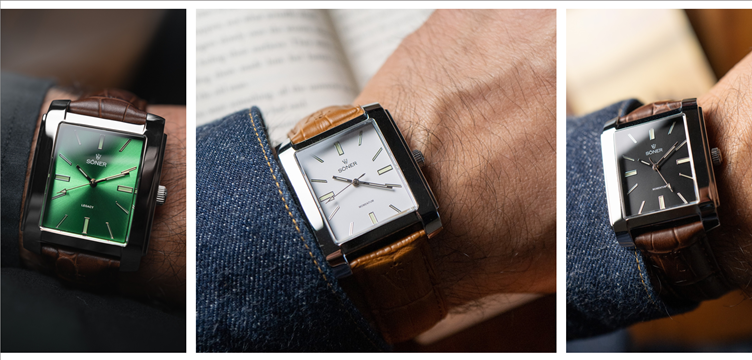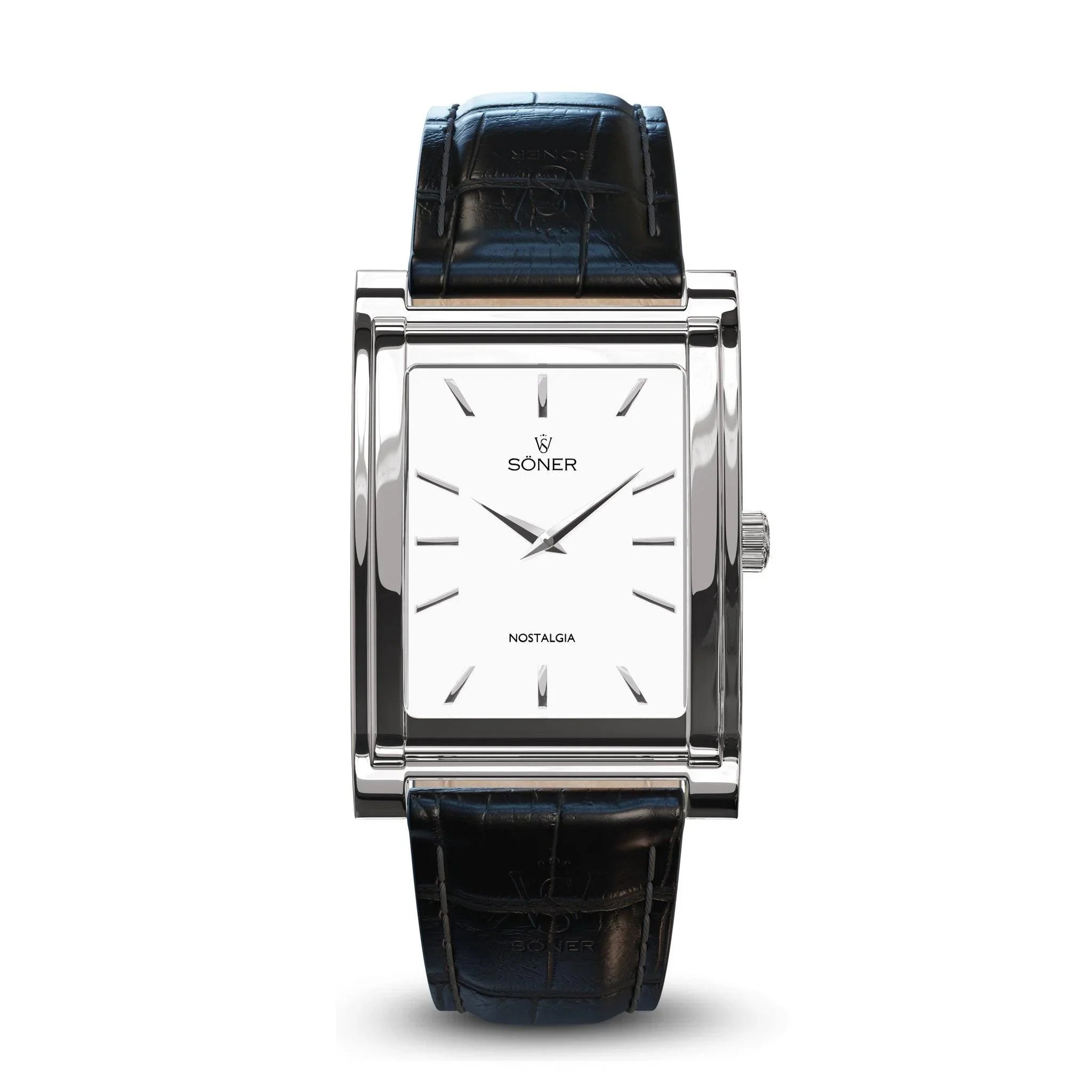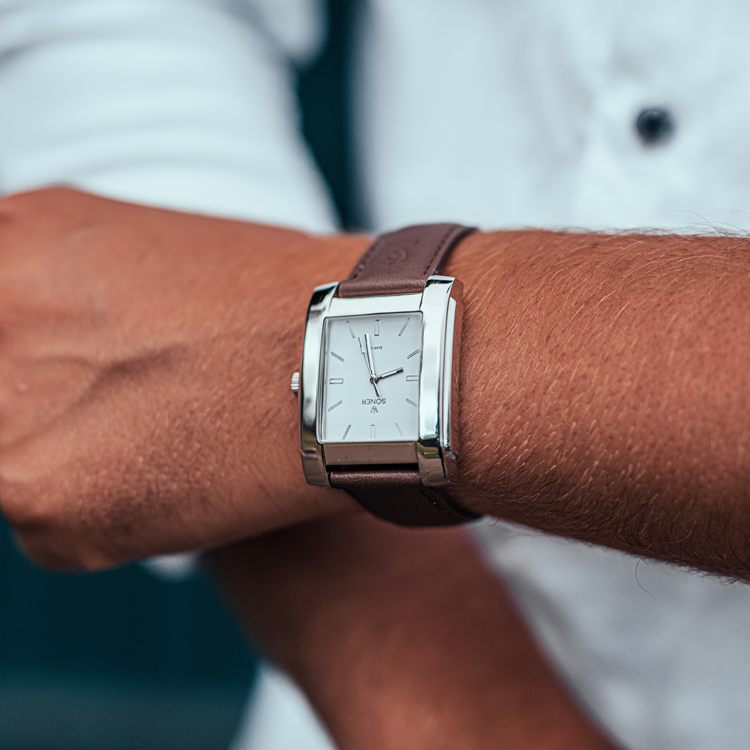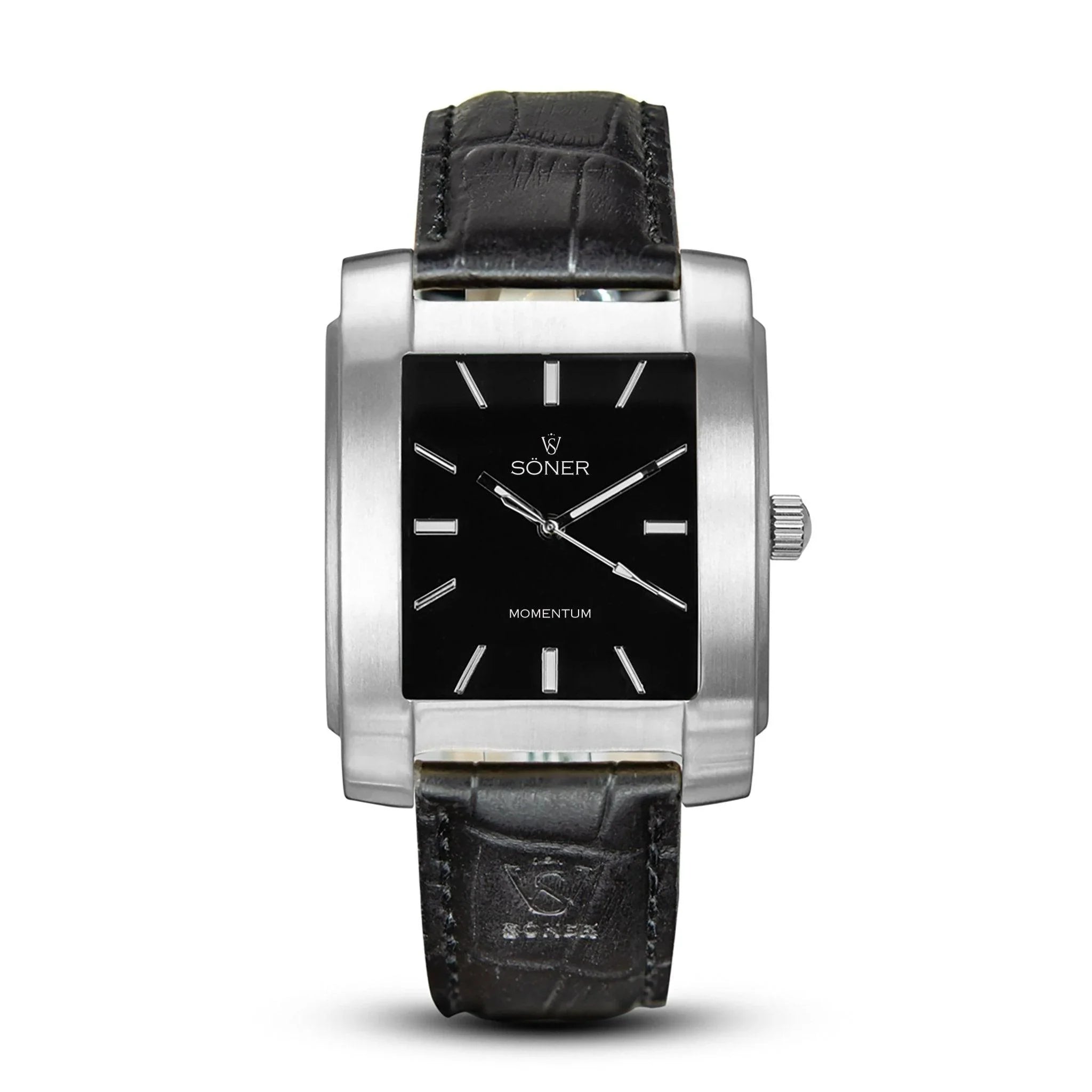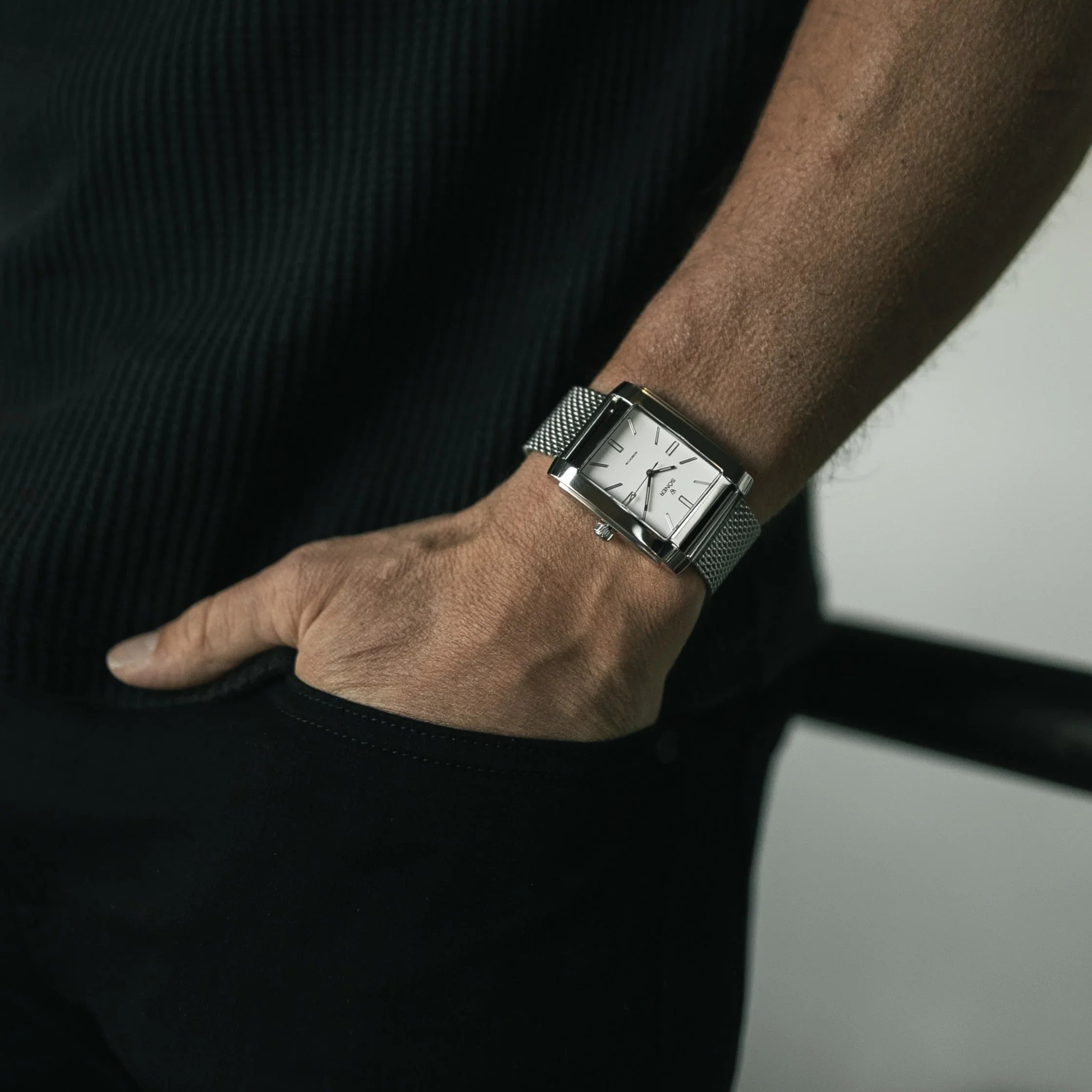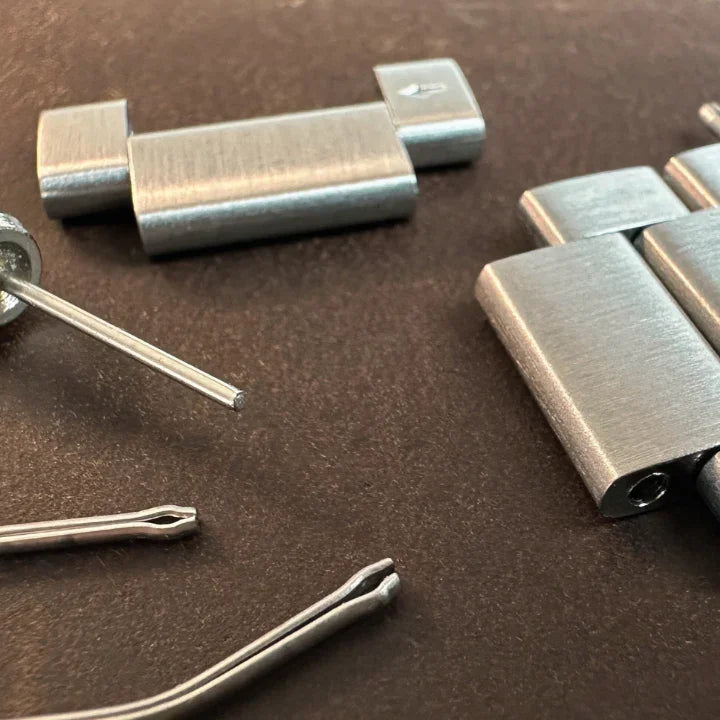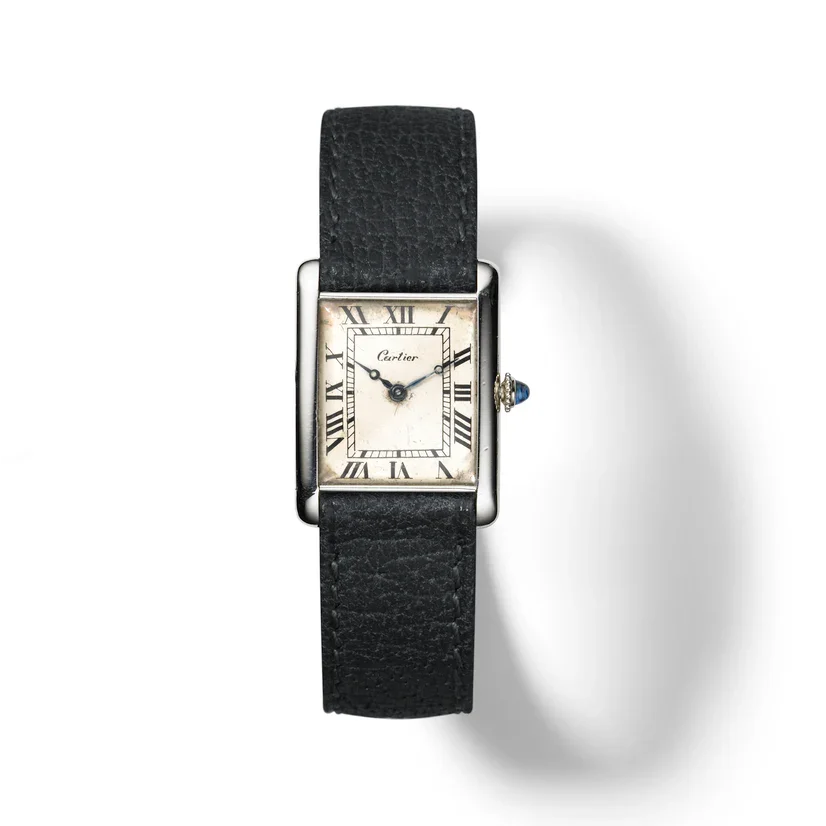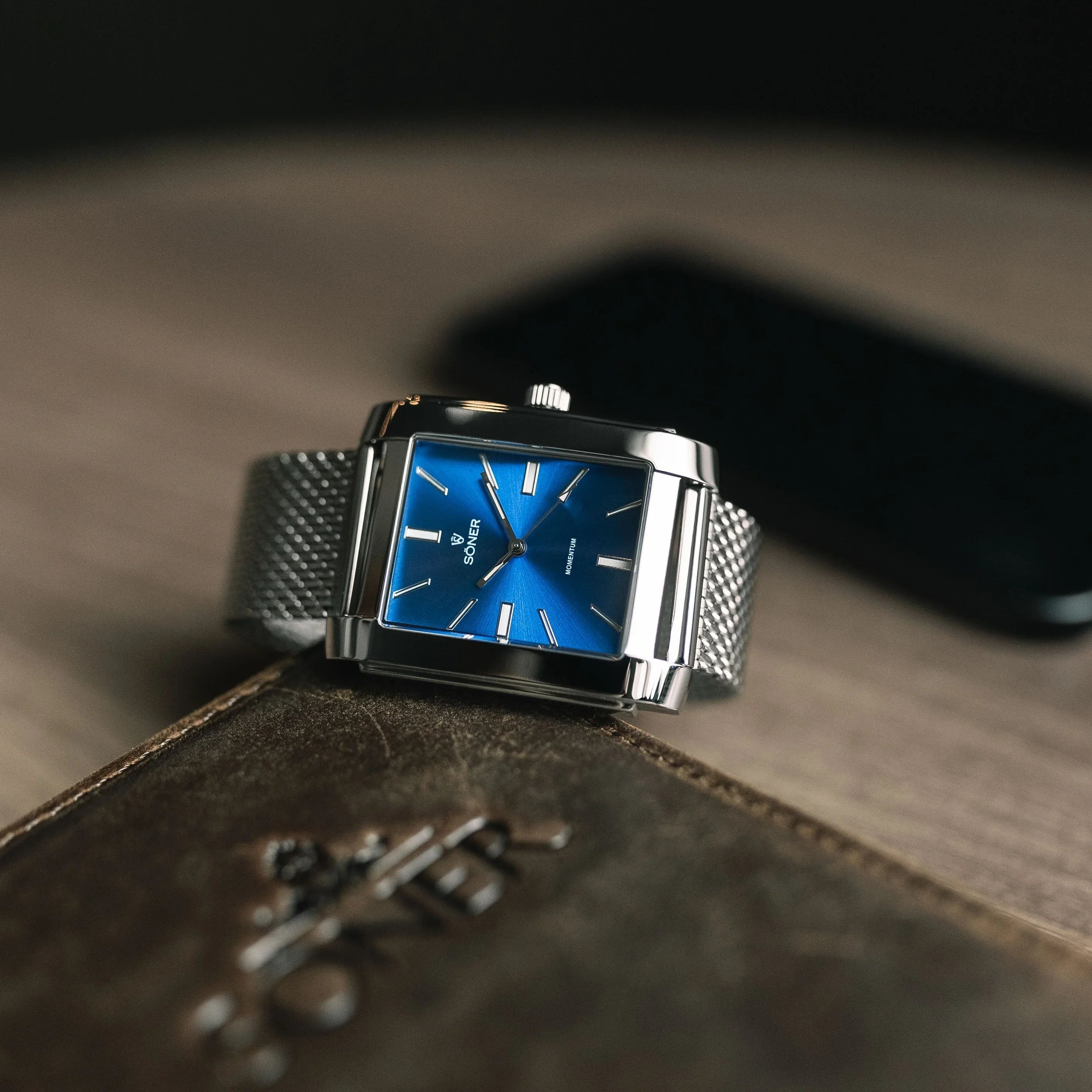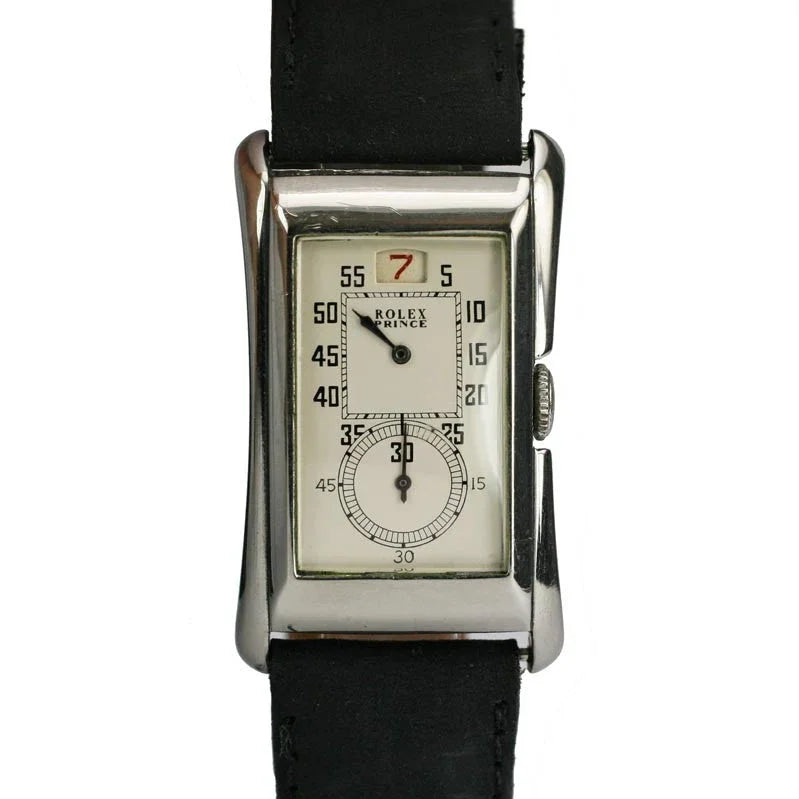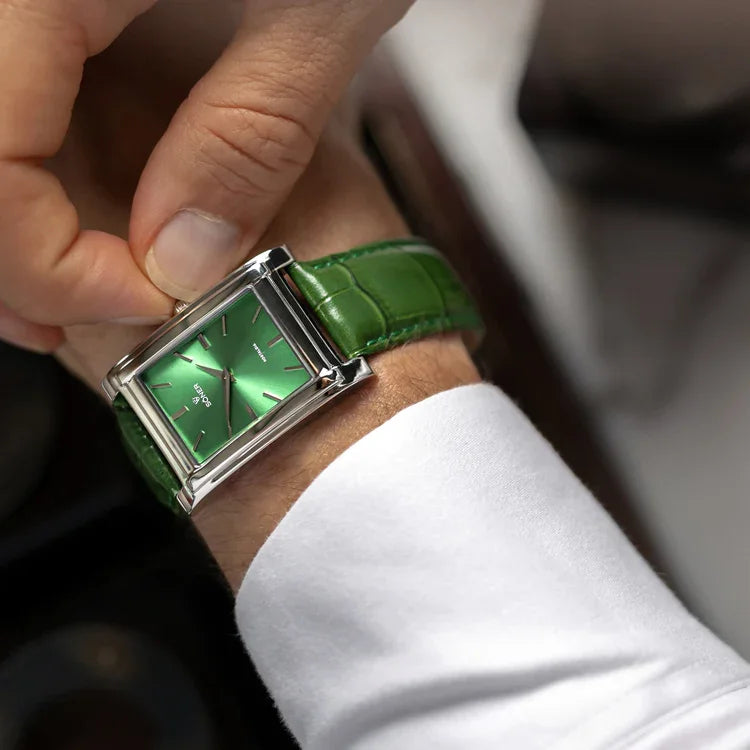Table of Contents
Replace Your Watch Battery
A watch is not just a timekeeping device; it is also a fashion statement and a reflection of one's personality. However, like all things, watches require maintenance and occasional repairs to perform optimally. One crucial element to consider is the watch battery. In this comprehensive guide, brought to you by Söner Watches, we will explore everything you need to know about the lifespan of watch batteries, common problems that arise, troubleshooting techniques, as well as the importance of professional watch battery replacement. So, let's dive in and understand the ins and outs of watch batteries.

Understanding the Lifespan of Watch Batteries
Watch batteries come in various shapes and sizes, but they all have one thing in common: a limited lifespan. While there is no fixed duration for a watch battery's capacity to power your timepiece, several factors influence its lifespan.
Factors That Affect the Duration of Watch Batteries
Several key factors can impact the lifespan of your watch battery. First and foremost is the type of watch movement your timepiece utilizes. Quartz watches rely on batteries to power a tiny quartz crystal that generates the movement, while mechanical watches are powered by kinetic energy from winding or manual movement. As a general rule of thumb, quartz watches tend to have a shorter battery life compared to mechanical watches.
Furthermore, certain watch features contribute to a quicker battery drain. Common culprits include backlighting, alarms, chronographs, and perpetual calendars. If your watch embraces these functionalities, it is more likely to require more frequent battery replacements.
Lastly, external circumstances, such as extreme temperatures and humidity, can also impact battery life. Exposure to high heat or cold temperatures outside the recommended range can result in reduced battery performance and a shortened lifespan.
Signs That Your Watch Battery Needs Replacement
Keeping a close eye on your watch's battery health is crucial to avoiding any inconveniences or sudden watch failures. There are a few telltale signs that indicate it's time to replace your watch's battery:
- Inconsistent timekeeping: If you notice your watch consistently loses or gains time despite being correctly set, it could be a result of a dying battery.
- Dim or fading display: If your watch's display starts to appear dimmer or fades in specific spots, it is likely a sign that the battery is losing power.
- Unresponsive functions: When watch functions such as date display, alarm, or backlight fail to operate reliably, it's a clear indication that the battery is at fault.
- Extended lifespan: Lastly, if you've had your watch for an extended period without a battery replacement, it's essential to consider proactively replacing it before any issues arise.

Troubleshooting Common Watch Battery Issues
Now that we've covered the basics of watch batteries, let's dive into troubleshooting common watch battery issues and how to address them effectively.
What to Do When Your Watch Stops Working
Discovering that your watch has stopped working can be frustrating, but before jumping to conclusions, the first step is to ensure the battery is the culprit. To do this, you can try the following:
- Ensure proper contact: In some cases, the watch battery may not be correctly touching the battery terminals. Gently pressing the battery or adjusting the contacts can resolve this issue.
- Check the battery expiration: If you've had your watch for a while and haven't replaced the battery, it's possible the battery has expired. Remove the battery and check for any expiration dates.
- Reinsert the battery: Sometimes, the battery may have become misaligned or partially dislodged. Remove and reinsert the battery to ensure a secure connection.
If none of these steps bring your watch back to life, it's crucial to seek professional assistance to diagnose and repair the underlying issue.
Dealing with a Watch That Loses Time
A watch that consistently loses time may be a result of various factors, including a low battery charge or a mechanical issue. Here are steps to troubleshoot and address this problem:
- Confirm battery capacity: Start by checking the battery life. If it's low or nearly depleted, replacing the battery can often solve the problem.
- Service the movement: If replacing the battery doesn't resolve the issue, a mechanical problem within the watch movement may be to blame. It's essential to consult a professional watchmaker to service and repair the movement.
Troubleshooting a watch that loses time can be complex, as it requires technical expertise. Attempting DIY repairs may cause further damage and should be avoided.
Handling Water Damage to Your Watch Battery
Accidental exposure to water can be disastrous for your watch, potentially damaging the battery and disrupting the movement. If your watch encounters moisture, follow these steps promptly:
- Remove the battery: Quickly open the watch case and remove the battery, if possible. This will prevent any electrical shorts that could further damage the watch.
- Dry the watch: Use a clean, absorbent cloth to gently dab away any moisture from the watch components.
- Seek professional help: After performing initial drying, it's crucial to take your watch to a professional watchmaker experienced in water damage repair. They will be able to thoroughly clean and assess any necessary repairs.
Remember, time is of the essence when it comes to water damage, so acting swiftly and seeking professional assistance is key to minimizing potential long-term damage.
Addressing Swollen Watch Cases
Sudden swelling or expansion of your watch case can be alarming, but it's essential not to panic. Most often, this swelling is a result of water entering the case and causing corrosion. Follow these steps to address the issue:
- Remove the battery immediately: Similar to water damage, removing the battery prevents further electrical damage to the watch.
- Let it dry: Allow the watch case to dry naturally in a cool, dry area. Do not use heat or direct sunlight to expedite drying, as it can cause further damage.
- Consult a professional: Once the watch has dried, it's advisable to take it to a professional watchmaker. They will be able to assess any corrosion and perform the necessary repairs.
Fixing a Watch with a Jerky Second Hand Movement
If your watch's second hand experiences jerky or uneven movement, it can be both frustrating and a sign of an underlying issue. Here are steps to troubleshoot and resolve this problem:
- Replace the battery: In many cases, a jerky second hand is a result of a low battery charge. Replacing the battery can often resolve this issue.
- Clean the movement: If changing the battery doesn't fix the problem, it's possible that dirt or debris has accumulated within the movement. A professional watchmaker can properly clean the movement and restore smooth operation.
Attempting to fix a watch with a jerky second hand movement without proper knowledge and tools can cause irreparable damage. Consulting a professional is essential.

Enhancing the Brightness of Your Watch Dial
Over time, watch dials may become less vibrant and lose their original brightness. While this is a natural occurrence, there are a few steps you can take to enhance the brightness of your watch dial:
- Consider a professional cleaning: A professional watch cleaning can remove dirt and grime that may be dulling the dial.
- Use a polishing cloth: For non-luminous dials, gently polishing the surface with a soft, lint-free cloth can help restore some of its original shine.
- Explore luminous alternatives: If your watch features luminous markers or hands, these may fade over time. In such cases, consulting a professional to replace or restore the luminous material is recommended.
Remember to exercise caution and follow manufacturer's guidelines when attempting to enhance the brightness of your watch dial.
The Importance of Professional Watch Battery Replacement
While some watch enthusiasts may attempt to replace watch batteries themselves, seeking professional watch battery replacement services is highly advisable. Here's why:

- Expertise and knowledge: Professional watchmakers possess the specialized knowledge and skills required to replace watch batteries without causing damage to the timepiece.
- Quality batteries: Professional watch battery replacement services typically use high-quality replacement batteries, ensuring optimal performance and longer lifespan.
- Thorough diagnostics: Professionals can assess your watch's overall condition and identify any potential issues that may require attention.
- Preventing damage: Mishandling watches during battery replacement can lead to scratches, water damage, or mechanical issues. Professionals know how to handle delicate timepieces with care.
When it comes to your cherished timepiece, don't take any chances. Trusting professionals to handle your watch battery replacement ensures peace of mind and prolongs the lifespan of your watch.
The Inner Workings of Manual Watches
While much of this guide focuses on watch batteries and their replacement, it's important to mention that not all watches rely on batteries. Manual watches, also known as mechanical watches, possess a rich heritage and operate through intricate mechanical movements.
A mechanical watch contains a mainspring that stores potential energy, which is gradually released to power the watch movement. This traditional form of watchmaking provides a unique and classic touch to your timepiece. Manual watches do not require battery replacements but necessitate periodic winding to maintain accuracy.
Understanding the inner workings of manual watches and appreciating the craft that goes into creating such timepieces adds another dimension to your horological journey.
Conclusion
Knowing when to replace your watch battery and understanding the factors that affect its lifespan are crucial in order to avoid inconveniences and maintain the functionality of your timepiece. Recognizing the signs that indicate your watch battery needs replacement and troubleshooting common battery issues can save you time, money, and frustration.
While some watch maintenance tasks can be performed at home, it's always advisable to consult professional watchmakers for complex procedures such as battery replacement. Their expertise ensures your cherished timepiece remains in pristine condition, guaranteeing accurate timekeeping and prolonged lifespan.
Remember, a well-cared-for watch not only enhances your daily life but also becomes an heirloom worthy of passing down through the generations.






